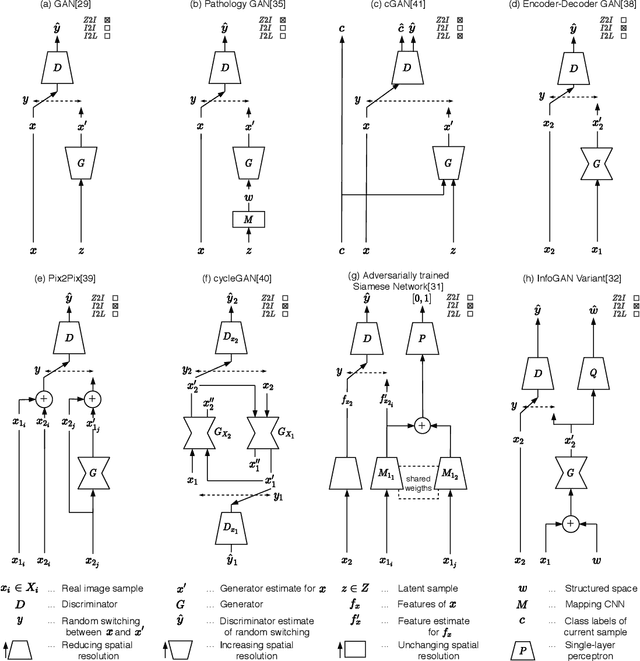Generative Adversarial Networks in Digital Pathology: A Survey on Trends and Future Potential
Paper and Code
May 07, 2020
Image analysis in the field of digital pathology has recently gained increased popularity. The use of high-quality whole slide scanners enables the fast acquisition of large amounts of image data, showing extensive context and microscopic detail at the same time. Simultaneously, novel machine learning algorithms have boosted the performance of image analysis approaches. In this paper, we focus on a particularly powerful class of architectures, called Generative Adversarial Networks (GANs), applied to histological image data. Besides improving performance, GANs also enable application scenarios in this field, which were previously intractable. However, GANs could exhibit a potential for introducing bias. Hereby, we summarize the recent state-of-the-art developments in a generalizing notation, present the main applications of GANs and give an outlook of some chosen promising approaches and their possible future applications. In addition, we identify currently unavailable methods with potential for future applications.
 Add to Chrome
Add to Chrome Add to Firefox
Add to Firefox Add to Edge
Add to Edge